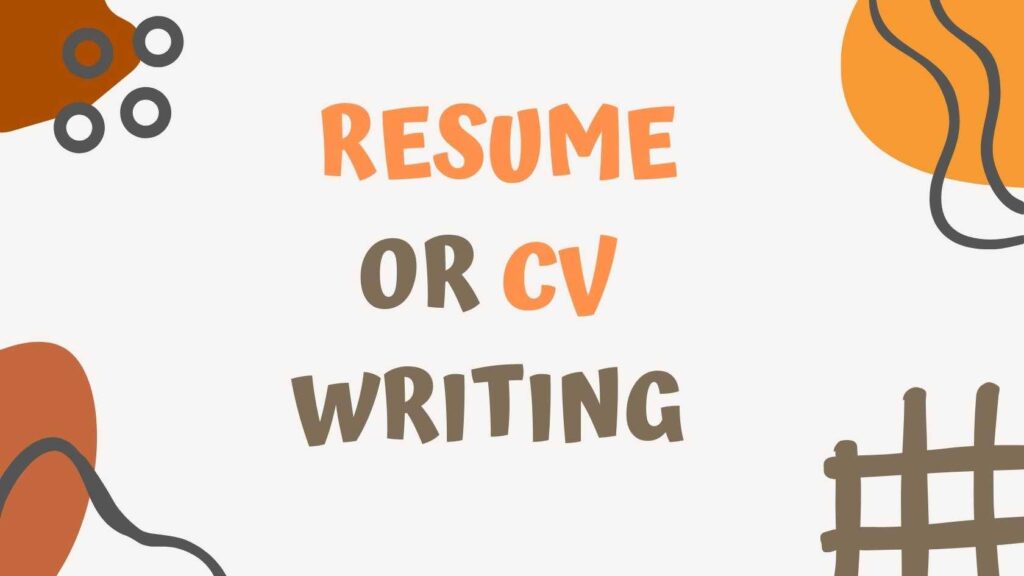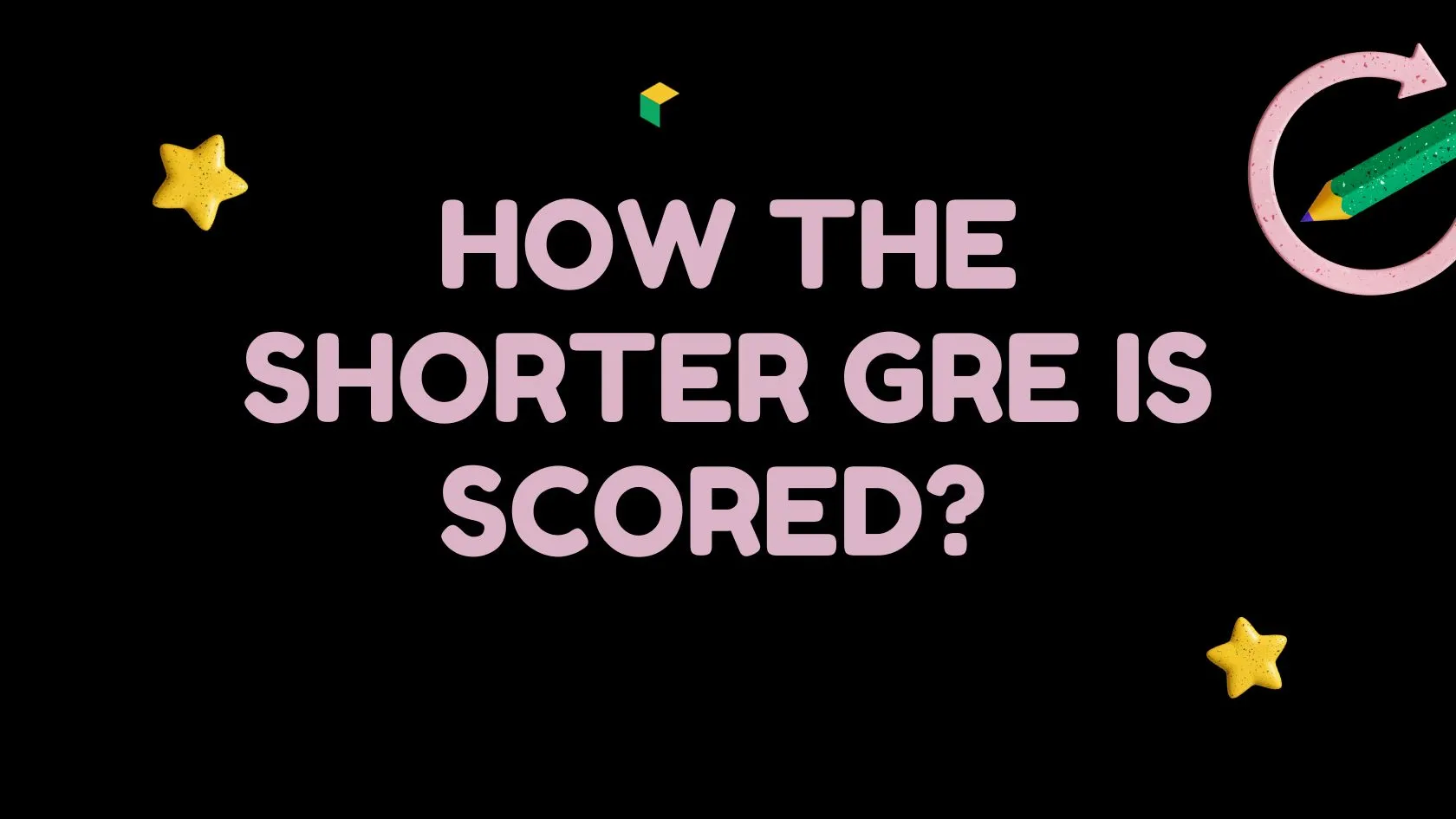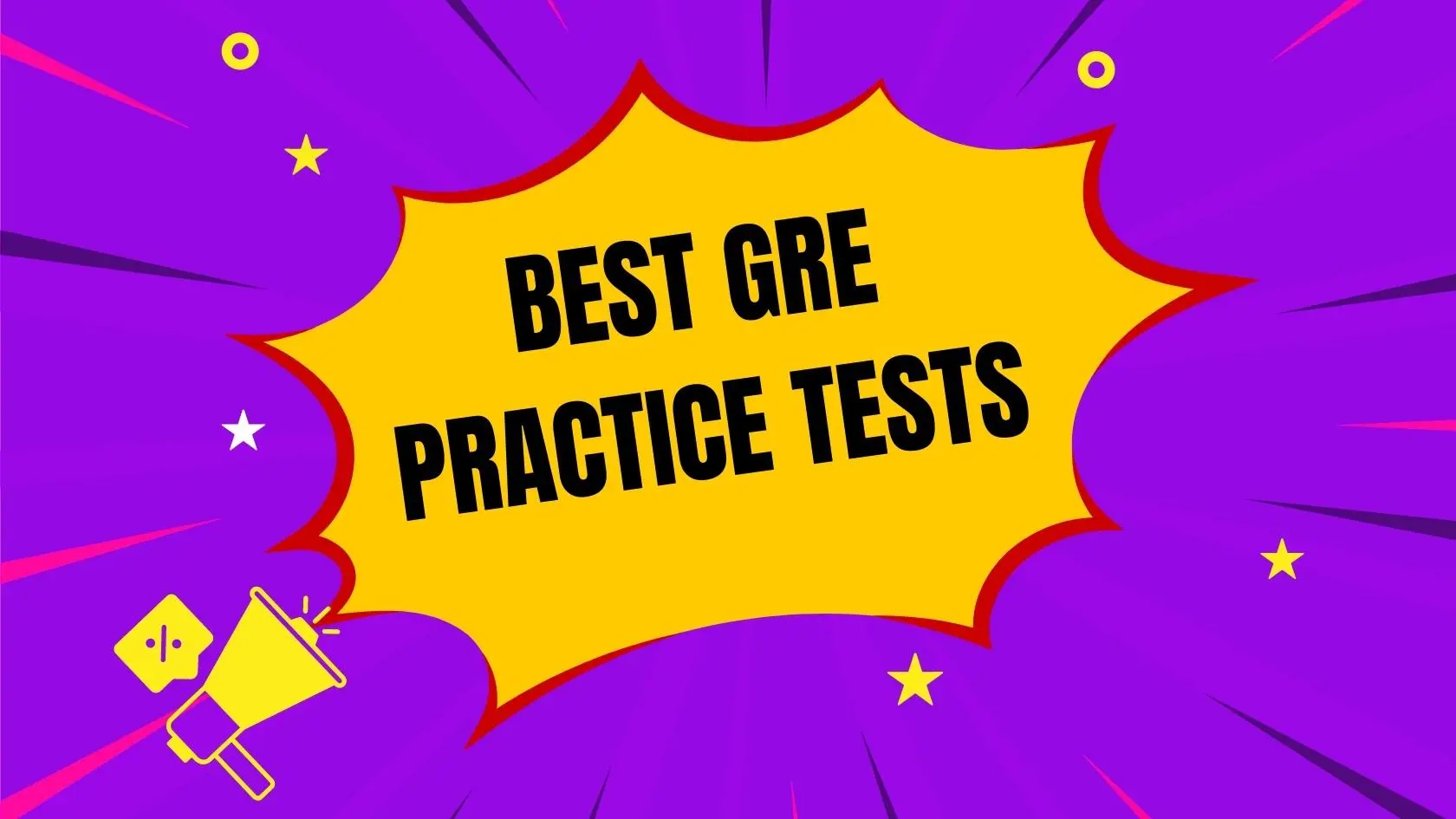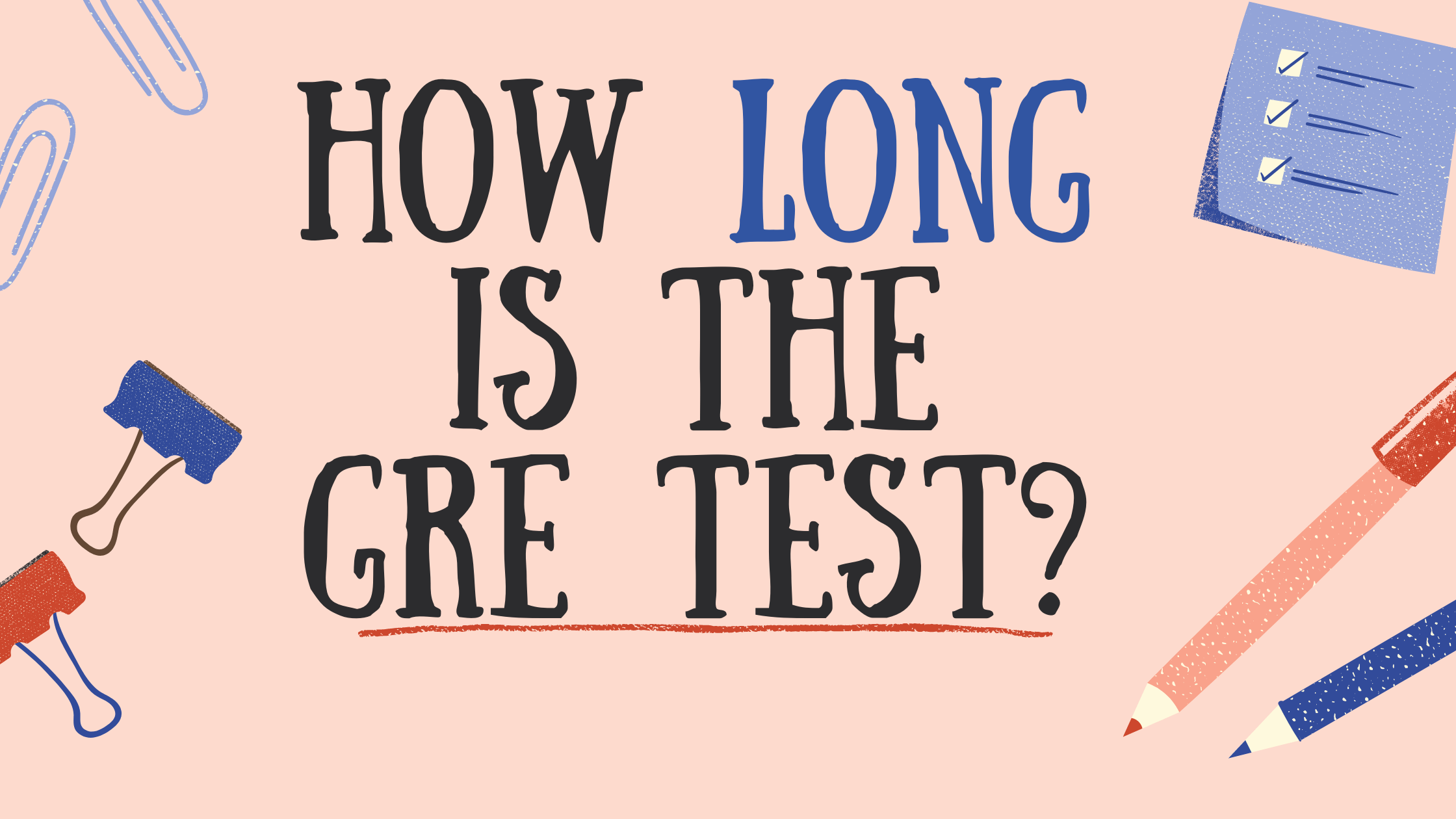Professional CV Writing
Writing a professional Resume or Curriculum Vitae (CV) is the most important element of your academic career as well as a professional career.
This is by far the most neglected area. We have seen students who have exceptional academic profiles but fail to get decent jobs or scholarships as they ignore the importance of a professional resume or CV.
The standard Resume should be one-page and if you have more than 10 years of experience then you can add one more page. However, on the other hand, CVs are more detailed profiles and can only be made in case you want to pursue academia or research-based roles and you have any publications or research work.
We would guide you on the following important points to make a professional resume.
Step 1: Format Your Resume Wisely
No matter how good you are academically, your resume will not be shortlisted if it’s not well written. Professional recruiters, hiring managers, or admission committees take 5-10 seconds to scan a resume. The scanning process helps to give a nice overview of the profile. The scanning process gets more difficult if the format is not good, content is poorly organized or is excessive. Below are some guidelines for the formatting of your resume.
- Use a logical format and wide margins, use a clean font type, and use clear headings
- Selectively apply bold and italic typeface to help guide the reader’s eye
- Use bullets to call attention to important points (i.e. accomplishments)
Step 2: Identify Accomplishments Not Just Job Descriptions
Resume or Professional CV Writing is the most important document that can showcase your profile to the admissions committee or recruiters before you talk to them. Therefore, the recommended approach is to depict the achievements to attract the admissions committee.
This is a very important point as many students just re-write the job description on their resume. However, this is not what the admission committee is looking for, they need you to write your achievements, your roles, success stories, etc. Following are the key points that you should consider:
- Focus on what you did in the job, NOT what your job was. There’s a difference.
- Include a Company name, then job title and finally the accomplishments in that role.
- For each point ask yourself, what was the benefit of mentioning it, what did you do?
- Accomplishments should be unique to you, not just a list of routine tasks you are paid for.
- Avoid using the generic descriptions of the jobs you originally applied for or held?
Step 3: Quantify Your Accomplishments
Q: What’s the most common resume mistake?
A: Making too many general claims and using too much industry jargon. A resume is a marketing document designed to sell your skills and strengths rather than just a boring portrayal of your biography. Our recommended approach is to:
- Include and highlight specific achievements that represent a comprehensive picture of your skill repertoire.
- Quantify your achievements to enhance the confidence of the hiring manager and generate interest. Include percentages, dollar figures, number of employees, etc.
- Work backwards to quantify your accomplishments by asking, if I had not done X, what could have happened?
- Don’t exaggerate and never write something that you have not accomplished or worked on, as recruiters/interviewers would find out it during the interview.
Step 4: Cater Your Resume as per the requirements
Unlike graphic design professionals who have greater creative license in designing their resume for their field, the mechanical engineering industry won’t be impressed and may be turned off by distinctive resume design.
- Your accomplishments, error-free writing, grammatically correct sentences, clean and crisp type will make the impression for you.
- Don’t apply one type of resume to many different programs.
- Don’t apply one resume for various fields e.g. a project manager is applying for a project manager role and Human resource role (it does not matter in the same industry or different), always cater your resume to the right job/role.
Step 5: Replace your Objective” with a “Career Summary”
A Career Summary is designed to give a brief overview of who you are and what you do.
- You have only 10 to 15 seconds to grab the admission committee’s attention, so use the first few lines thoughtfully and spark their interest to read on further.
- Spend time developing a summary that immediately grabs their attention accurately describing you as the solution to their problem.
With a solid resume in hand, you will greatly increase your chances of earning an interview.
Step 6: Never Lie
The most important aspect is not to lie in the resume, a lot of candidates get rejected because of their lies.
Step 7: No Logo and no Display picture
Don’t put Logos of the companies you have/had worked with. Also, please avoid displaying your personal pictures on the resume.
Step 8: One Pager
The standard resume should be of one page, in case if you have worked more than 10 years then you can add another page. Try to limit your resume maximum by 2 pages.
Step 9: Resume Layout
The format of the resume should be as follows:
- Personal Details: (Name, Email & Contact Number)
- Achievements: (Refer to the above-mentioned key points)
- Experience
- Education:(If you don’t have any experience then you can mention Education first)
- Projects
- Skills/Expertise
- Hobbies/Extra-curriculum activities
- Reference: (only mention: Will be available on request)
OR
Step 9: CV Layout (Research Based Programs)
The format of the resume should be as follows:
- Personal Details: (Name, Email & Contact Number)
- Achievements: (Refer to the above-mentioned key points)
- Education
- Publications/Research Articles
- Research Experience
- Other Experience
- Skills/Expertise
- Hobbies/Extra-curriculum activities
- Reference: (only mention: Will be available on request)
Step 10: Network
Whether you are applying for a job or for admission, networking plays an important role. Networking does not mean illegal channels; it shows someone already knows your work and can refer you for your job. So it’s important that you contact and network with various professionals. This is only required if you are applying for research-based programs i.e. PhDs. For masters’ students, Networking is not required but it is something that is good to have from early on.









